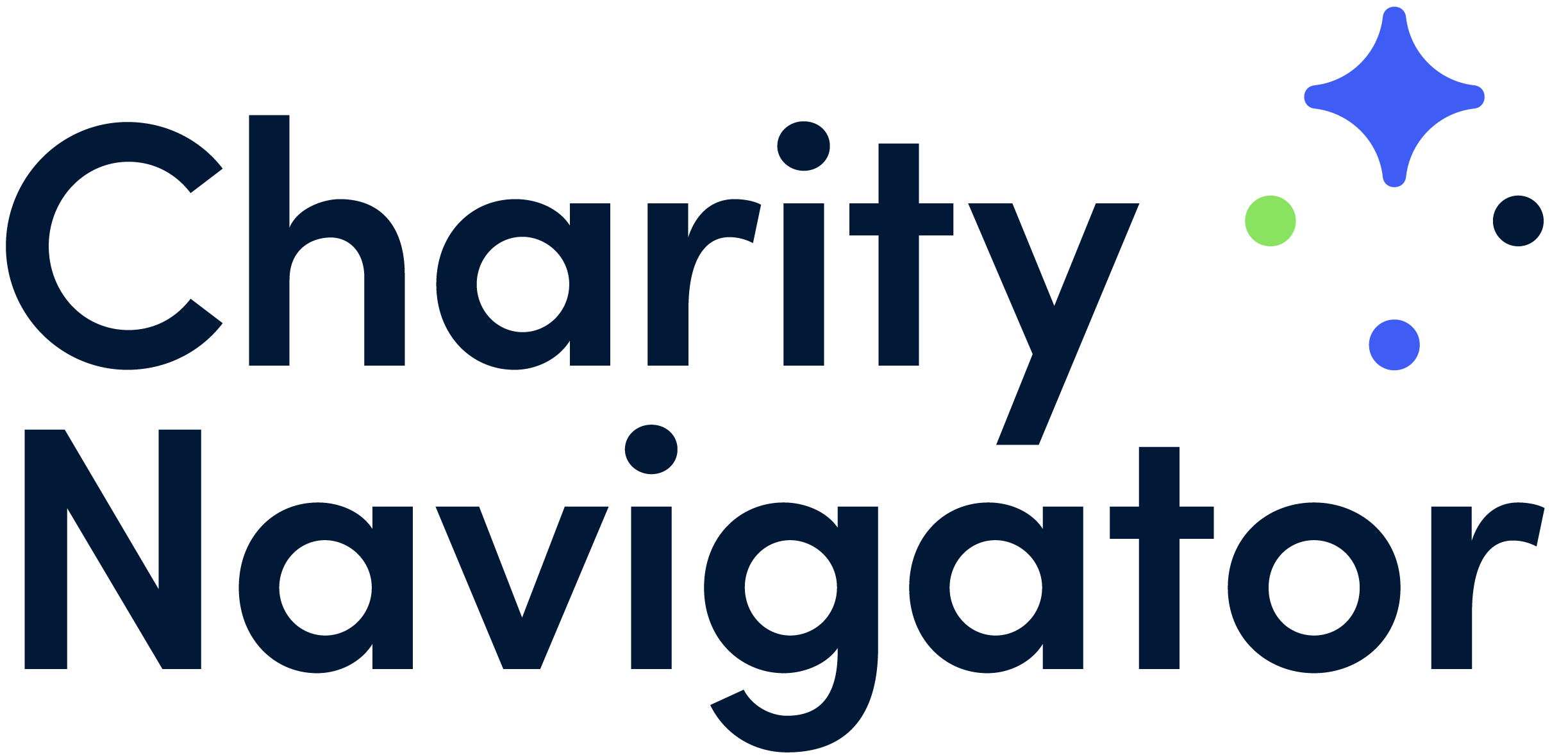-
Donor Basics
- Donor Tools
- Giving Basket
- Donor Video Resources
- Volunteer Opportunities
- Planned Giving
- Charity Navigator Account
- Giving Circle Finder
-
About Us
- Contact Us/FAQs
- Knowledge Base
- Update Your Nonprofit's Profile/Rating
- Press Room
- Support Charity Navigator
- Business Resources


- Discover Charities
-
Donor Basics
- Donor Tools
- Giving Basket
- Donor Video Resources
- Volunteer Opportunities
- Planned Giving
- Charity Navigator Account
- Giving Circle Finder
-
About Us
- Contact Us/FAQs
- Knowledge Base
- Update Your Nonprofit's Profile/Rating
- Press Room
- Support Charity Navigator
- Business Resources

Error attempting donation
You're too fast!
Your donation attempt encountered a problem. Please refresh the page to try again.
You're faster than our page! Give the page a little longer to finish loading and try your donation again.